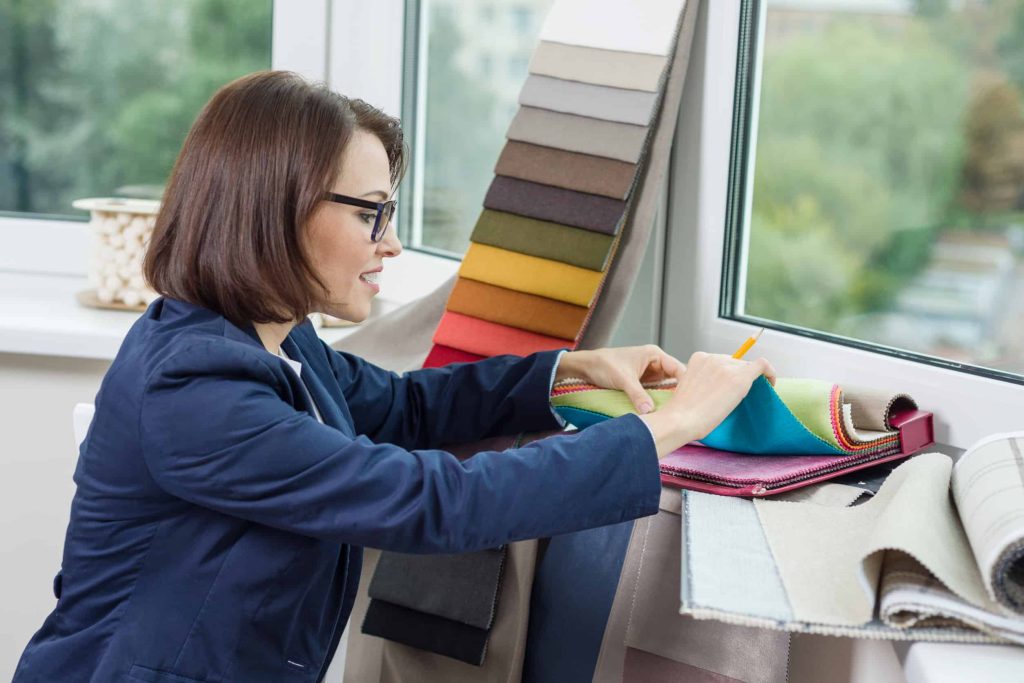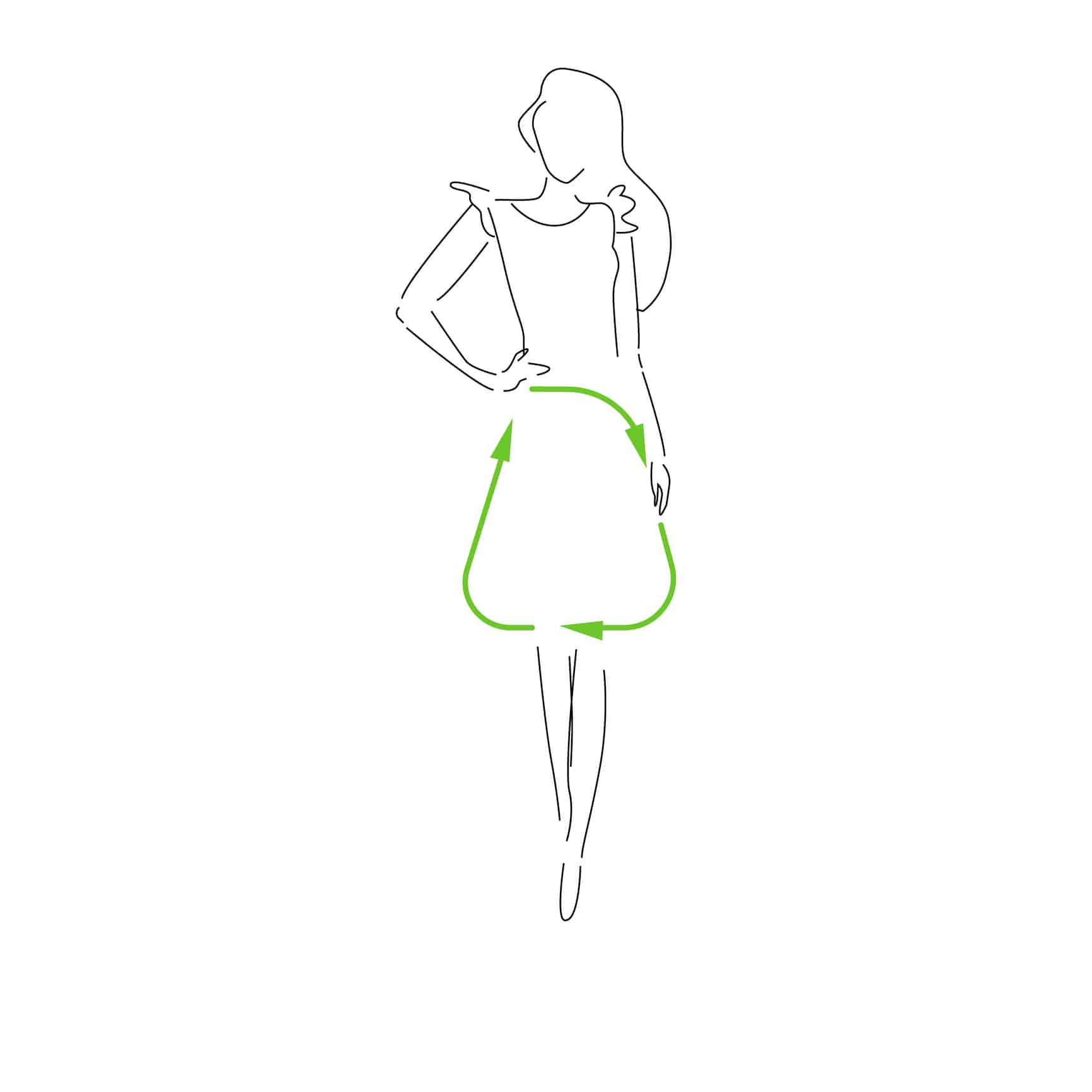Have you ever wondered what a textile designer is, does, and what their key responsibilities are? Or perhaps you’re interested in pursuing a career as a textile designer and you’re curious as to how to get started?
A lot goes into being a successful textile designer. Here’s everything you need to know about the profession and what it takes to become a textile designer.
A textile designer creates designs and patterns for fabric. Textile designers usually work in the fashion industry and their designs appear on clothing. However, many textile designers also work in the interior design industry, with their designs appearing on pillows, towels, curtains, upholstery, and wall coverings.
Textile designers work with fashion houses, fabric manufacturers, design teams, retailers, and buyers.
In order to thrive in this profession or even get your foot in the door, you will need a good eye for colour, pattern, fabrics, and texture. What’s more, you’ll need a slew of industry contacts and an impressive portfolio to make it to the top. But more on that later!
Here are some of the day-to-day responsibilities of a textile designer.
Salaries vary depending on location and employer. The average starting salary for a textile designer is around £15,000 to £20,000. A junior designer with a minimum of 1-2 years’ experience can earn between £22,000 to £25,000. Textile designers with 4-5 years’ experience can make up to £28,000. Salaries for senior textile designers are from £30,00+.
Once again, the salary of a textile designer depends on the company or client, and the location. For example, if you’re living and working in London, employers may offer more than in other locations.
Interested in becoming a textile designer in the fashion industry or interior design field? Here are some tips for boosting your chances of landing yourself a role as a textile designer.

Being a textile designer is a creative and dynamic profession with a lot of opportunity for growth. It is certainly possible to pursue a career as a textile designer with dedication, commitment, and training.
Provided that you follow the tips above, it is indeed possible to land a job as a textile designer. However, you’ll need to work your way up the ladder to get your desired job role, whether for a company or as a self-employed designer with a slew of high-paying clients.
| Cookie | Duration | Description |
|---|---|---|
| cookielawinfo-checbox-analytics | 11 months | This cookie is set by GDPR Cookie Consent plugin. The cookie is used to store the user consent for the cookies in the category "Analytics". |
| cookielawinfo-checbox-functional | 11 months | The cookie is set by GDPR cookie consent to record the user consent for the cookies in the category "Functional". |
| cookielawinfo-checbox-others | 11 months | This cookie is set by GDPR Cookie Consent plugin. The cookie is used to store the user consent for the cookies in the category "Other. |
| cookielawinfo-checkbox-necessary | 11 months | This cookie is set by GDPR Cookie Consent plugin. The cookies is used to store the user consent for the cookies in the category "Necessary". |
| cookielawinfo-checkbox-performance | 11 months | This cookie is set by GDPR Cookie Consent plugin. The cookie is used to store the user consent for the cookies in the category "Performance". |
| viewed_cookie_policy | 11 months | The cookie is set by the GDPR Cookie Consent plugin and is used to store whether or not user has consented to the use of cookies. It does not store any personal data. |
Create your free account and begin your sustainability journey.

